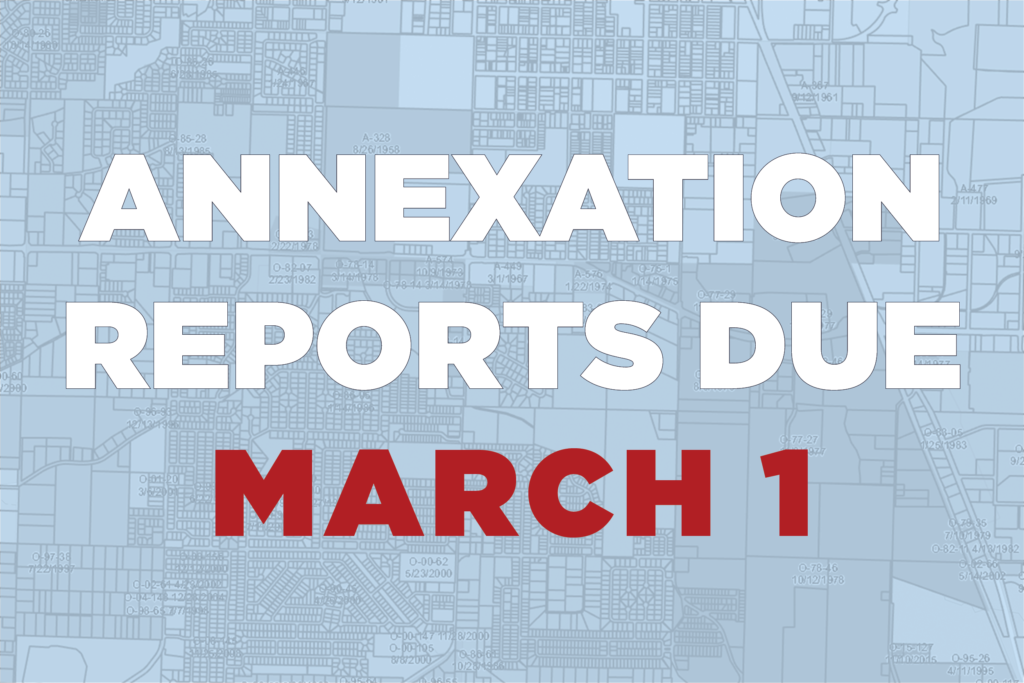Pick up any newspaper, watch any newscast or speak with someone in human resources and it becomes evident that workplace and societal incivility are on the rise. The Society for Human Resource Management (SHRM) Civility Index for the fourth quarter of 2024 revealed that 74% of respondents expect incivility to persist or worsen in 2025. The human and financial costs of incivility are substantial, and if left unchecked, they will inevitably impact a municipality’s bottom line. It is time to examine civility as a loss control measure.
THE COST OF INCIVILITY
SHRM’s Civility Index, released on August 7, 2024, estimates that U.S. organizations lose $1.2 billion per day due to reduced productivity and $828 million per day in absenteeism caused by workplace incivility—totaling more than $2 billion per day! More recent studies suggest this figure may now approach $2.7 billion daily. These staggering numbers reflect only reported instances; the actual cost could be even higher.
RECOGNIZING WORKPLACE CIVILITY
Workplace incivility manifests in many forms. Some behaviors—harassment, gossip, profanity, spreading discontent, conscious bias and overt rudeness—are easily recognizable. Others are more subtle, including:
- Taking credit for others’ work.
- Habitually arriving late to meetings.
- Micromanaging/excessive monitoring by supervisors.
- Failing to prioritize employee safety.
- Intentionally excluding colleagues.
- Unchecked incivility jeopardizes employee well-being and leads to productivity losses, disengagement, absenteeism and increased turnover.
REFRAMING CIVILITY AS A RISK MANAGEMENT ISSUE
Instead of viewing incivility as a human resources problem, organizations should reframe the conversation in terms of risk management and loss control, adopting proactive strategies to mitigate its impact. Experts researching workplace incivility consistently agree on the following key strategies for cultivating civility:
- Ensure leadership models civility.
- Establish a code of conduct.
- Clearly define expectations.
- Educate employees.
- Prioritize consistent communication.
- Hire for civility.
- Address incivility promptly.
- Recognize and reward civility.
LEADERSHIP SUPPORT & ACCOUNTABILITY
Civility must start at the top. Leaders—department heads, directors, managers, supervisors and team leaders—should be trained in civility and actively involved in developing their organization’s civility code. Holding leadership accountable ensures they model and promote civil behaviors, reinforcing expectations across the workplace.
DEFINING A CIVILITY CODE OF CONDUCT
Organizations should collaborate across departments to define the components of a civil and respectful work environment. The Arkansas Municipal League adopted Brian Cave’s Code of Civility, and to reinforce the concept, a civility statement is incorporated in all job descriptions, ensuring expectations are clearly defined from the outset. The Code of Conduct emphasizes:
- Greeting and acknowledging one another.
- Saying “please” and “thank you.”
- Treating each other with respect, regardless of
circumstances. - Considering the impact of our behavior on others.
- Welcoming feedback.
- Being approachable.
- Communicating directly, sensitively and honestly.
- Recognizing the contributions of others.
- Respecting others’ time commitments.
- Addressing incivility when it arises.
DEFINING & COMMUNICATING EXPECTATIONS
Most municipalities already maintain policies promoting a civil workplace—including standards of conduct, anti-harassment and anti-bullying policies. However, integration with civility policies ensures expectations remain clear.
Employees should be educated on civility guidelines, emphasizing respect, professionalism and conflict resolution strategies. Employers must avoid assuming all employees inherently understand professional behavior, as some may lack foundational skills like active listening, composure in difficult situations or delivering/receiving constructive feedback.
HIRING FOR CIVILITY
Municipalities can prioritize civility during hiring by conducting group interviews with existing employees to evaluate cultural fit. Another strategy includes incorporating behavioral interview questions, e.g., “Describe a time you responded to an insensitive remark from a colleague” or “How would you handle witnessing workplace bullying?” Checking references thoroughly to assess prior workplace behaviors is also a necessity.
ADDRESSING INCIVILITY & ACCOUNTABILITY
Organizations must avoid excusing or ignoring chronic incivility, as inaction dilutes efforts to promote civility and exacerbates workplace toxicity. Intervening early prevents disagreements from escalating. Supervisors should mediate disputes transparently, reinforcing expectations. If necessary, leverage Employee Assistance Programs (EAPs) for training and support.
If an employee repeatedly disregards civility policies, organizations should enforce clear disciplinary action, ensuring fairness while maintaining workplace integrity.
RECOGNIZING & REWARDING CIVILITY
Recognition fosters engagement and motivation—and it doesn’t have to be costly. By creatively acknowledging civil behaviors, organizations reinforce a positive and respectful workplace culture. Simple yet effective strategies include:
- Providing regular positive feedback.
- Highlighting civility efforts in company newsletters.
- Creating peer recognition bulletin boards.
- Providing handwritten notes to employees thanking them for their efforts.
FINAL THOUGHTS
Civility in the workplace is not just a human resources initiative, it is a loss control strategy essential for organizational success. By fostering a civil environment, municipalities reduce risk, improve productivity and protect employee well-being.
Below are some excellent articles and resources on civility if you are interested in learning more:
- “Defending Civic Trust: The Responsibility of Local Leadership,” by Matt Lehrman – armuni.org/DefendingCivicTrust
- SHRM’s Civility Starter Kit – shrm.org/civility
- Certificates in HR Ethics, Fostering an Inclusive Culture & More – learn.hrci.org
- Harassment Prevention and Respectful Workplaces Training – eeoc.gov
- Harvard Business Review Magazine, “The Price of Incivility,” by Christine Porath and Christine Pearson, January – February 2013
As a lifelong learner, I would love to hear your ideas about building a culture of civility and professionalism. Please feel free to share your thoughts with me at [email protected].










